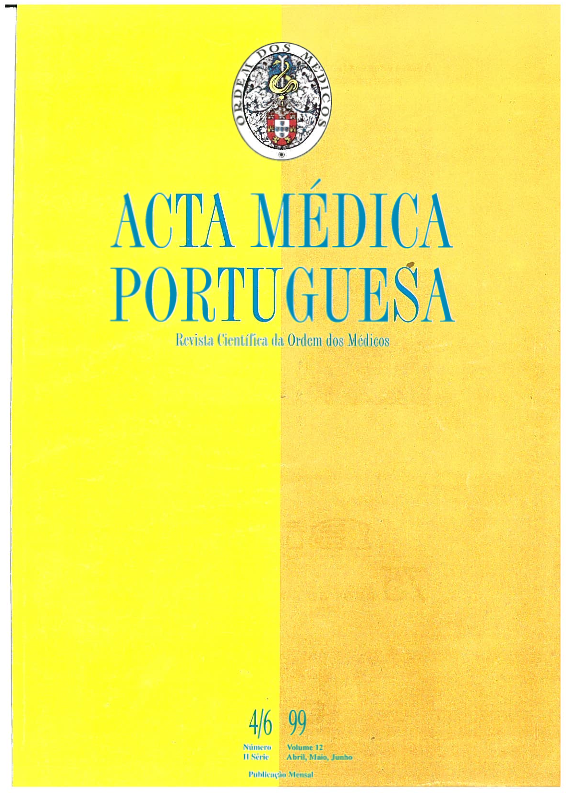Parvovirus B19 infection.
DOI:
https://doi.org/10.20344/amp.2143Abstract
In 1975, during blood screening for hepatitis B, Cossart et al. discovered the human parvovirus B19 (B19). It is a small, single strand DNA virus of the Parvoviridae family. This virus is widespread with 40-80% of adults showing evidence of infection. It is found in the respiratory secretions of viraemic patients and direct contact has been suggested as the most likely mode of transmission. Parenteral transmission is common during treatment with clotting-factor concentrates, but rarely occurs during transfusion with single donor products. Although B19 usually causes a self-limited illness, complications of infection can be severe and at times life threatening. In pregnant women, infection can lead to spontaneous abortions and hydrops fetalis and, in patients with haemolytic anaemias or in immunocompromised individuals, can induce aplastic crisis and chronic anaemias. The diagnosis can be made by indirect (testing for B19 antibodies) or direct methods (detecting B19 viremia). There are no vaccines or specific therapy currently available. Contact isolation is recommended for hospitalized patients.Downloads
Downloads
How to Cite
Issue
Section
License
All the articles published in the AMP are open access and comply with the requirements of funding agencies or academic institutions. The AMP is governed by the terms of the Creative Commons ‘Attribution – Non-Commercial Use - (CC-BY-NC)’ license, regarding the use by third parties.
It is the author’s responsibility to obtain approval for the reproduction of figures, tables, etc. from other publications.
Upon acceptance of an article for publication, the authors will be asked to complete the ICMJE “Copyright Liability and Copyright Sharing Statement “(http://www.actamedicaportuguesa.com/info/AMP-NormasPublicacao.pdf) and the “Declaration of Potential Conflicts of Interest” (http:// www.icmje.org/conflicts-of-interest). An e-mail will be sent to the corresponding author to acknowledge receipt of the manuscript.
After publication, the authors are authorised to make their articles available in repositories of their institutions of origin, as long as they always mention where they were published and according to the Creative Commons license.









